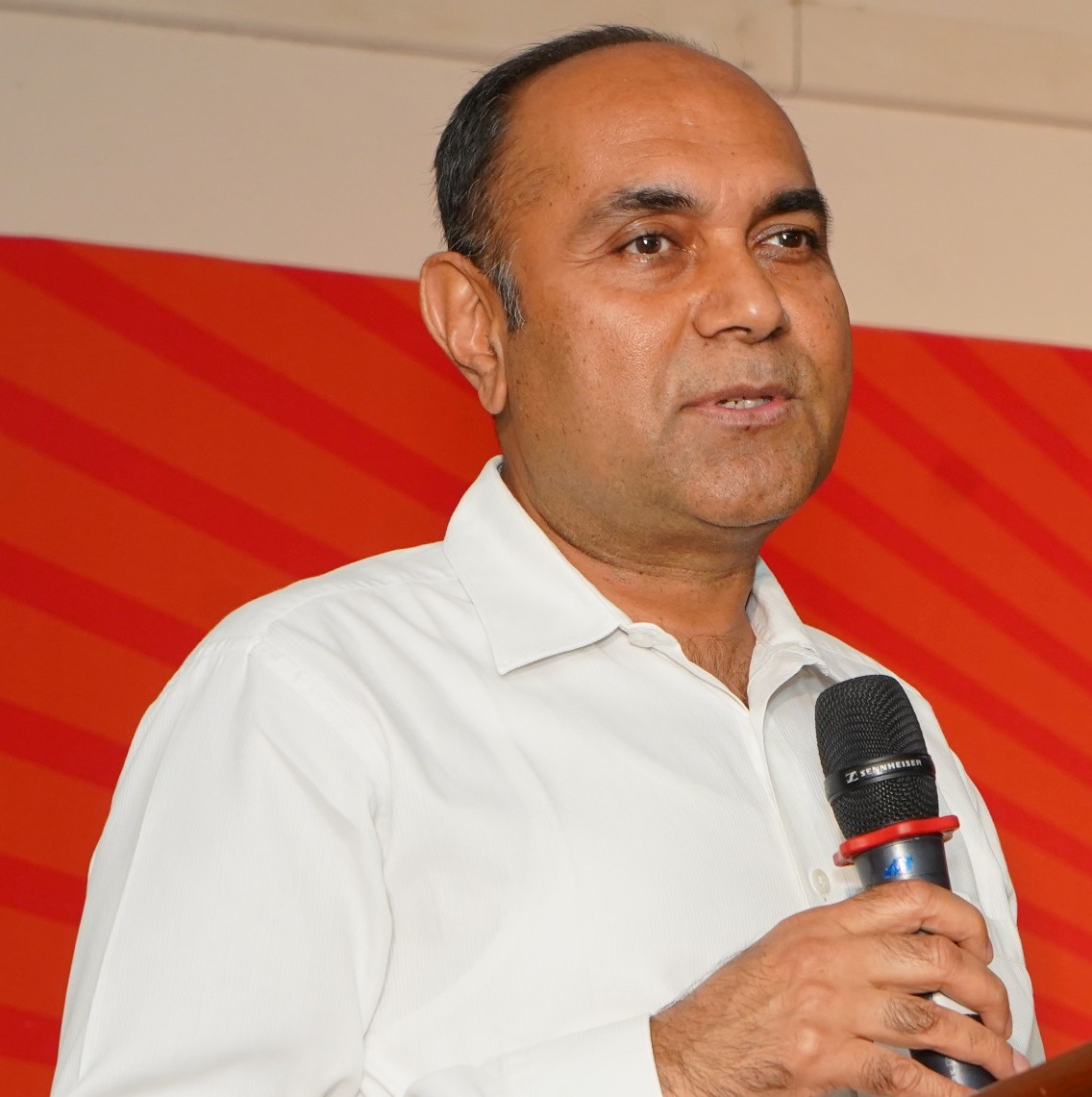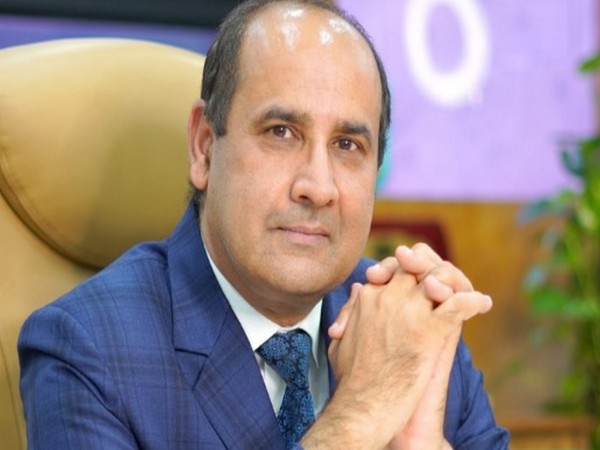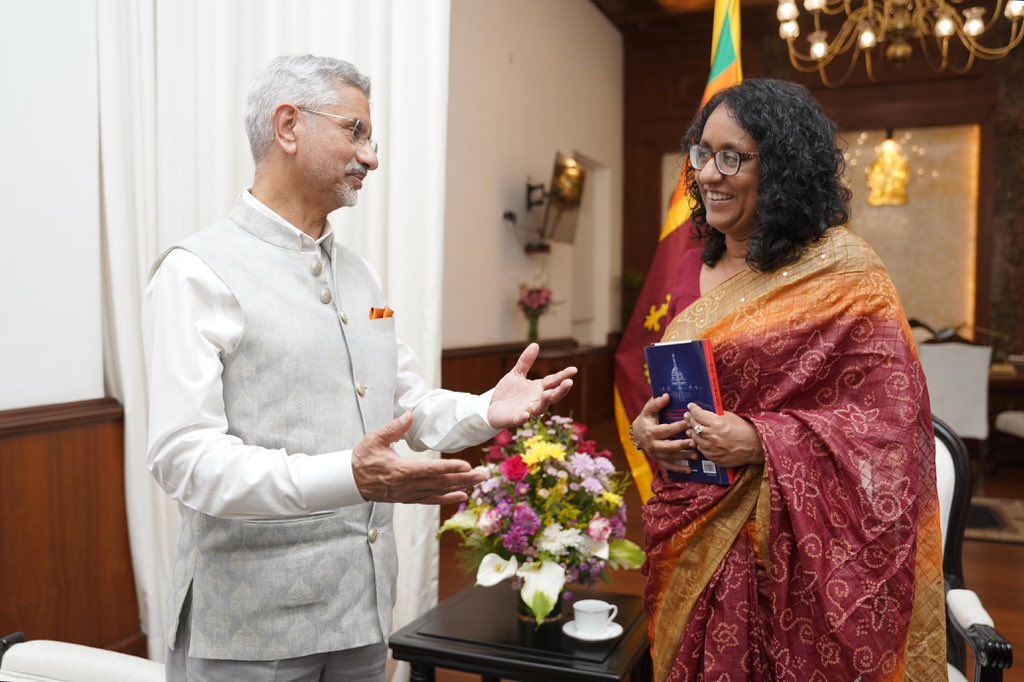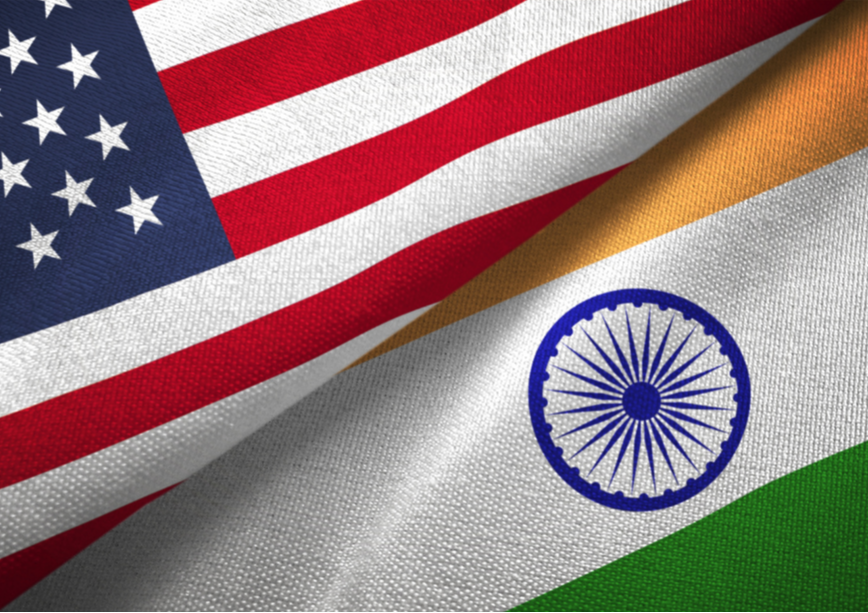Tobacco consumption can increase severity of COVID-19 infections: Dr. Pankaj Chaturvedi

On National Doctors’ Day, PageOne Asia’s Parul Manchanda brings to you an excluisve interaction with Dr. Pankaj Chaturvedi, Head Neck Surgeon and Deputy Director of the Center for Cancer Epidemiology at the Tata Memorial Centre.
Edited Excerpts:
Over the years, tobacco consumption has become a big menace in India. What, according to you, should be done to combat this?
We have to continue raising awareness about the health impacts of tobacco especially among young people. I know it seems like we keep repeating this message with every conference, interview, and webinar. However, given that India is the world’s second-largest tobacco consumer with as many as 99.5 million smokers and considering the fact that tobacco use is a risk factor for serious chronic diseases like cancer, in addition to other non-communicable diseases like cardiovascular, lung disease, and diabetes—we need to get our message across in a language in a manner that the public especially young people understand. This means that there needs to be sustained and evidence-based communication and mass awareness campaigns. We also need to eliminate all inducements aimed at youth via popular culture, lax implementation of laws (sale of tobacco around educational institutions for instance), or loopholes like brand extension promotions and even hold celebrities responsible for their associations. Heavier taxation on all tobacco products - cigarettes, bidis, and smokeless tobacco such as gutka, zarda, khaini, etc. - would be a great deterrent too.
WHO claims that India harbours the world’s highest incidence of mouth cancer. We are the second largest consumer of tobacco, having 275 million consumers. What can be done to bring about behavioral change among tobacco consumers?
Individuals who consume tobacco need to be told that using tobacco isn’t just about personal choice. It affects their entire family — pushing many into penury with expensive treatments. Our role models, especially celebrities, can help too. Few have already disassociated themselves from endorsing tobacco brands promoted through surrogate advertising, which sends a positive message. Similarly, getting the creative industry to remove the need for their characters to smoke or chew tobacco would be a huge win. Most of the time, the act of tobacco consumption does nothing to the storyline and may, in fact, present it in a positive light. Lighting up smoke is often associated with power and glamour in such shows. Such aspirational depiction of tobacco use particularly influences young people to take up the habit. It is no surprise that 50% of smokers in India start consuming tobacco before the age of 10. Areca nut or supari is also very popular among this region and makes a significant contribution to this burden. Additionally, we need to stop making tobacco easily accessible to people and especially to youngsters, curb the sale of loose or single sticks of cigarettes or bidis, and ensure that there are stricter provisions on selling tobacco products to the young population. These are a few significant steps that will bring about behavioral change or very importantly prevent initiation by youngsters.
Do you think the horrifying pictorial warnings on tobacco products deter the tobacco consumers in any way?
There is a reason behind the WHO Framework Convention on Tobacco Control (FCTC) recommendation for larger graphic health warnings as one of the best practices for curbing tobacco use. There is evidence from WHO that demonstrates that pictorial warnings are effective—especially larger ones. In India, now we have 85% size graphic health warnings on both sides of the tobacco packs, to show people the real harms of tobacco use. In addition, the packs provide the national Quitline number for help in quitting incase people are unable to quit cold turkey. This is all to help dissuade users both old and new from consuming tobacco in any form. However, it must be noted that the sale of loose cigarettes and bidis defeats the purpose of these warnings, besides making these tobacco products affordable.
What else can the government do to reduce tobacco consumption in the country?
The government already has strict laws in place to tackle the issue of tobacco consumption. Other than issuing larger graphic warnings on packs, prohibiting sale near educational institutions, banning smoking in public spaces, mandating Designated Smoking Areas (DSA), and banning direct or indirect advertising of tobacco products are a few measures laid down by the Government. We need to now increase the public's will to follow them and promote them. For example, many restaurants don’t follow the norms of DSAs as defined. Similarly, loose sales of cigarettes and bidis continue blatantly. These violations need to be monitored and eliminated. Other than these, the exploitative loophole of surrogate advertising through brand extensions needs to be addressed strongly. For this many other government ministries need to come together. While effective laws exist to battle tobacco use, the biggest lacune we current face is the implementation of them. Impactful allocation of responsibility to different administrative components, including individual citizens, can make a huge impact.
Do you think celebrities can play a role in reducing tobacco consumption in India?
Definitely. In our country, celebrities play a very big role in influencing people, especially youngsters, and so when they advertise, endorse and promote a specific brand or product, the sales for that product automatically rise. Since celebrities are perceived as icons to the youth, they do tend to heavily impact and influence youngsters’ day-to-day choices, in the hopes of recreating a celebrity's aura. This is also true of surrogate advertisements of tobacco products. As mentioned earlier, many celebrities are becoming aware of the harmful effects of tobacco and few have let go of lucrative surrogate tobacco advertisements, which is a shot in the arm for tobacco control activities. The story of someone who has succeeded in overcoming addiction is great in that context. Today, role models include young social media influencers. They can have an important role too.
What is the impact of tobacco use on catching COVID-19?
According to a Ministry of Health and Family Welfare (MoHFW) factsheet, tobacco use is a risk factor for many respiratory infections and can increase the severity of COVID-19 infections since both affect our lungs. Sharing contaminated cigarettes are also a potential source of infection. Smokers who contract COVID-19 develop more complications and have a greater risk of fatality according to studies. There is a possibility that secondhand smoke can transmit COVID-19 but studies are still being conducted on this. With smokeless tobacco, the practice of spitting chewed tobacco products is very common in our country. Since COVID-19 spreads through saliva and respiratory droplets, obviously this is a public health concern too.
How has the COVID-19 pandemic affected tobacco users in India?
It is very likely that as we focused on combating COVID-19, tobacco use may have arisen due to stress, the state of uncertainty that prevailed and the slowdown of healthcare access and delivery, including for cancer treatments. However, now more than ever we should be increasing efforts to combat both COVID-19 and the tobacco menace through health care delivery and communications programs which needs to be reaching our country’s youth in particular. Additionally, we’ve seen how effective collective action has been during the pandemic. During peak COVID-19, we all rose as a society and prioritized community health. Public role models from all sectors helped further these goals. However, the pre-existing tobacco epidemic, which worsens COVID-19 and other illnesses, continues to thrive. We must channel the same community spirit and collective action in fighting tobacco now more than ever.
What is the role of nicotine in COVID-19 infection?
With the broader evidence that tobacco use (nicotine being a constituent in products) impacts health detrimentally, lowers immunity, and makes individuals more vulnerable to COVID-19, the role of nicotine may have an association with higher COIVD-19. Currently, there is insufficient information to confirm any direct causation between nicotine in the prevention or treatment of COVID-19. Experts are constantly evaluating new research, including that which examines the link between tobacco use, nicotine use, and COVID-19.











